Zirconia-reinforced lithium silicate (ZLS) ceramics represent a significant advancement in dental material science, merging the best features of glass-ceramics and high-strength oxide ceramics. Commercially introduced as Celtra Duo (Dentsply Sirona) and VITA Suprinity (VITA Zahnfabrik), ZLS bridges the gap between traditional lithium disilicate and zirconia, offering clinicians a material with ...
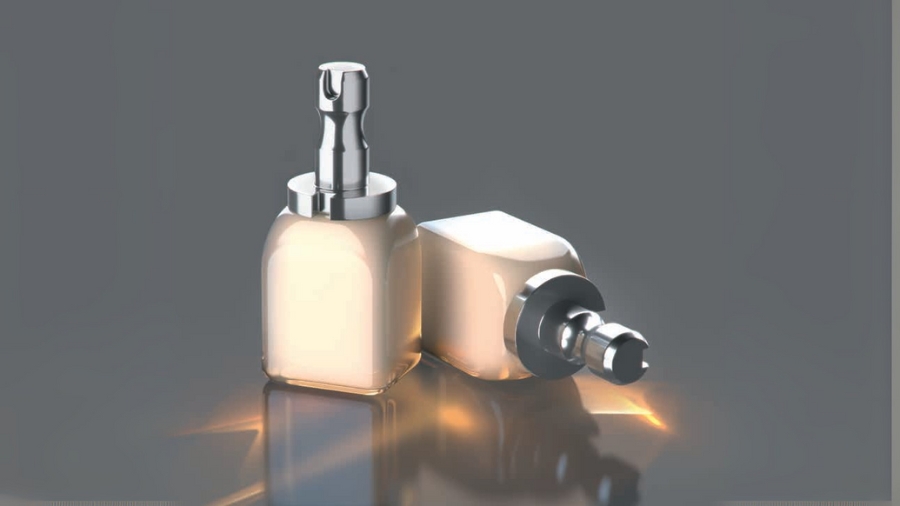
Table of contents [Show]
- Chemical Composition and Microstructure
- Material Properties
- Processing Technologies
- Framework Design Specifications
- Clinical Applications
- Bonding Protocols
- Clinical Performance Data
- Advantages and Benefits
- Limitations and Challenges
- Comparison with Other Ceramics
- Recent Research and Innovations
- Best Practices and Clinical Guidelines
- Conclusion
Zirconia-reinforced lithium silicate (ZLS) ceramics represent a significant advancement in dental material science, merging the best features of glass-ceramics and high-strength oxide ceramics. Commercially introduced as Celtra Duo (Dentsply Sirona) and VITA Suprinity (VITA Zahnfabrik), ZLS bridges the gap between traditional lithium disilicate and zirconia, offering clinicians a material with both superior aesthetics and enhanced mechanical properties. This innovation addresses the clinical demand for restorative materials that deliver high strength, natural translucency, and versatility for a wide range of indications.

Chemical Composition and Microstructure
Detailed Chemical Composition
ZLS ceramics are composed of:
SiO₂ (56-64%): Main glass former.
Li₂O (15-21%): Lithium source for silicate crystallization.
ZrO₂ (8-12%): Zirconia for reinforcement.
P₂O₅ (3-8%): Nucleating agent.
Al₂O₃ (1-4%), K₂O (1-4%): Modifiers.
CeO₂ (0-2%): Fluorescence and coloring.
Other oxides (1-3%): For fine-tuning properties.
Crystalline Phase Development
The ZLS microstructure is a multi-phase system:
Lithium metasilicate (Li₂SiO₃): Initial crystallization phase.
Lithium disilicate (Li₂Si₂O₅): Main strengthening phase.
Tetragonal zirconia (t-ZrO₂): Uniformly dispersed, ~10% by weight.
Residual glass phase: 30-40% by volume, ensuring translucency.
Crystal size: 0.5-1.0 μm, finer than traditional lithium disilicate.
Unique Microstructural Features
Fine-grained, interlocking crystals: Enhance strength and toughness.
Homogeneous distribution: Even dispersion of zirconia and lithium silicate.
Dual crystal morphology: Plate-like and equiaxed crystals for optimal mechanical behavior.
Crystallization Mechanism
Nucleation: P₂O₅ initiates crystal formation.
Growth: Lithium metasilicate forms at 500-550°C, transforming into lithium disilicate at 820-840°C.
Zirconia: Remains as a reinforcing phase, improving strength and resistance to crack propagation.
Material Properties
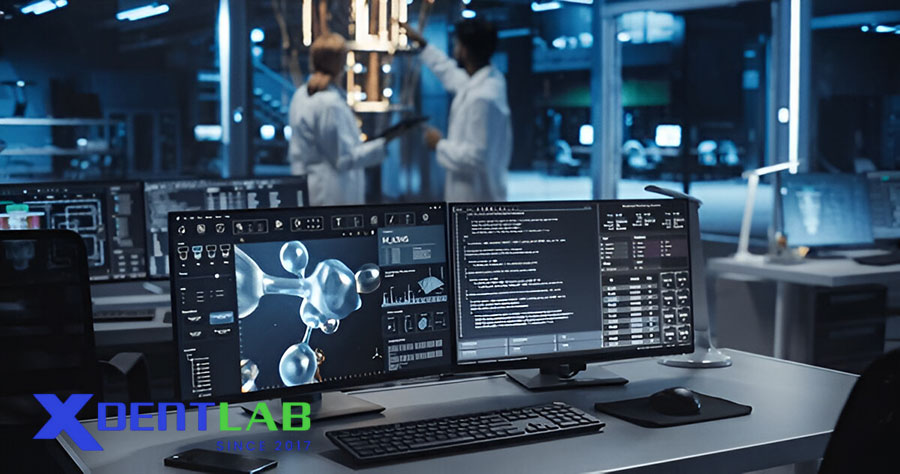
Mechanical Properties
Flexural strength: 420-450 MPa (post-crystallization).
Biaxial flexural strength: 444 ± 88 MPa.
Fracture toughness: 2.0-2.5 MPa·m^0.5.
Elastic modulus: 70 ± 5 GPa.
Vickers hardness: 6,200-6,800 MPa.
Compressive strength: 680-720 MPa.
Weibull modulus: 5.5-7.8 (high reliability).
Fatigue resistance: Superior to most glass-ceramics.
Comparative Strength Analysis
vs. Lithium disilicate: Similar strength, finer microstructure.
vs. Leucite-reinforced: 2.5-3x stronger.
vs. Feldspathic: 4-5x stronger.
vs. Zirconia: Lower strength, higher translucency and bondability.
Optical Properties
Translucency parameter: 11.8-15.2 (1.5mm thickness).
Contrast ratio: 0.62-0.68.
Light transmission: 15-25%.
Refractive index: 1.53-1.55.
Opalescence & fluorescence: Mimics natural tooth enamel.
Chameleon effect: Excellent shade adaptation.
Physical Properties
Density: 2.45-2.50 g/cm³.
Thermal expansion: 9.8-10.5 × 10⁻⁶/°C.
Chemical solubility: <100 μg/cm².
Water absorption: <0.01%.
Radioactivity: Negligible.
Thermal conductivity: Tooth-like, low.
Processing Technologies
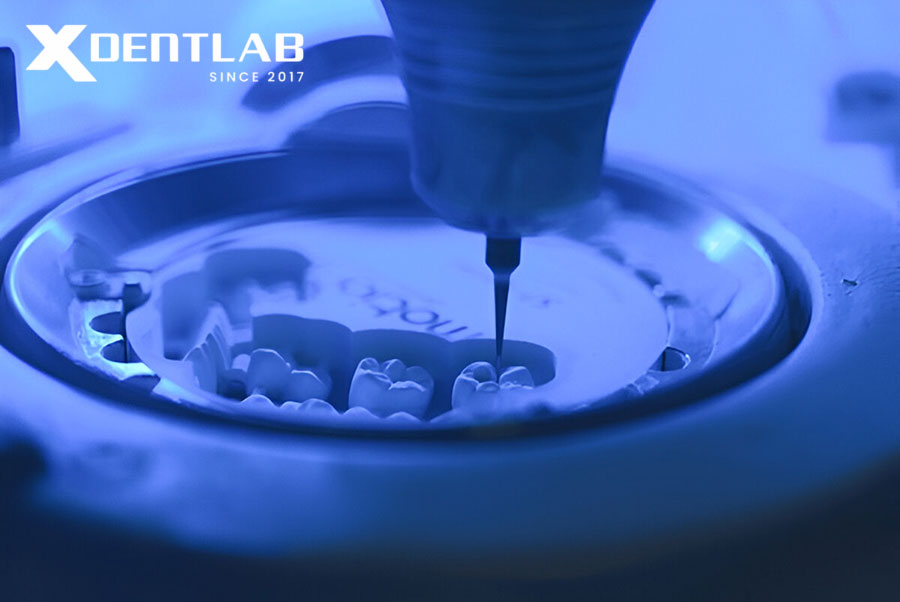
CAD/CAM Processing
Pre-crystallized blocks: Milled in a soft state for speed and precision.
Milling time: 4-12 minutes per unit.
Edge stability: No chipping, excellent detail reproduction.
Milling Parameters
Diamond-coated carbide burs.
Spindle speed: 30,000-40,000 rpm.
Feed rate: 2-3 mm/min.
Continuous water cooling.
Crystallization Process
Pre-drying: 400°C for 4 minutes.
Crystallization: 820-840°C for 1.5-2 minutes.
Total cycle: 20-25 minutes.
Cooling: Controlled to avoid cracks.
Mill and Fire: Standard for most ZLS (Celtra Duo, VITA Suprinity).
Mill Only: Possible with Celtra Duo (370 MPa strength without firing).
Surface Treatments
Mechanical polishing: Diamond paste.
Glazing: Optional for enhanced gloss.
Etching: 5% HF acid for 20 seconds (essential for bonding).
Sandblasting: Not recommended.
Framework Design Specifications
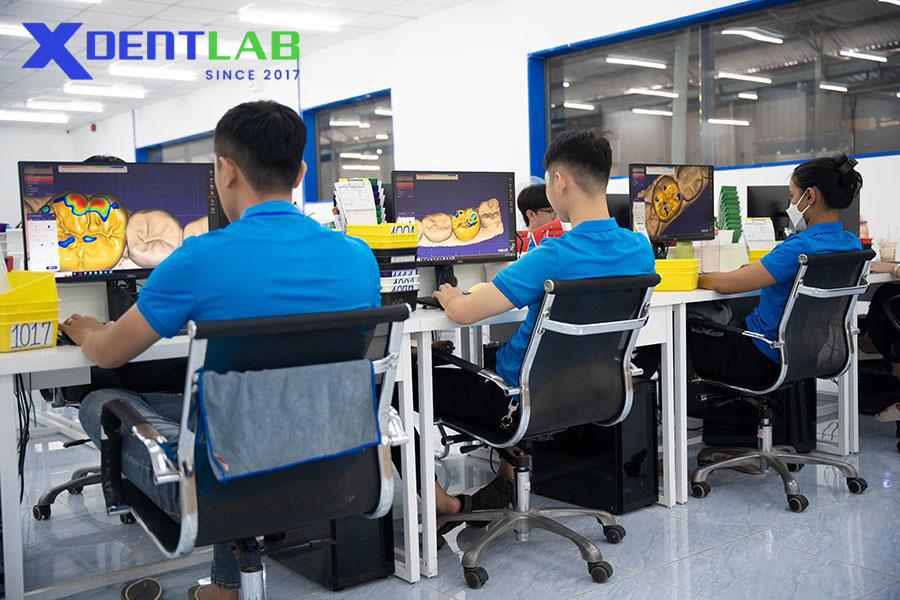
Minimum Thickness Requirements
Anterior crowns: 0.8-1.0 mm.
Posterior crowns: 1.0-1.5 mm.
Veneers: 0.4-0.6 mm.
Inlays/onlays: 1.0-1.5 mm.
Connector areas: 16 mm² for 3-unit bridges.
Design Principles
Uniform thickness: For even stress distribution.
Rounded internal angles: >0.8mm radius.
Chamfer or rounded shoulder margins.
Full contour anatomy: For optimal support and aesthetics.
Clinical Applications
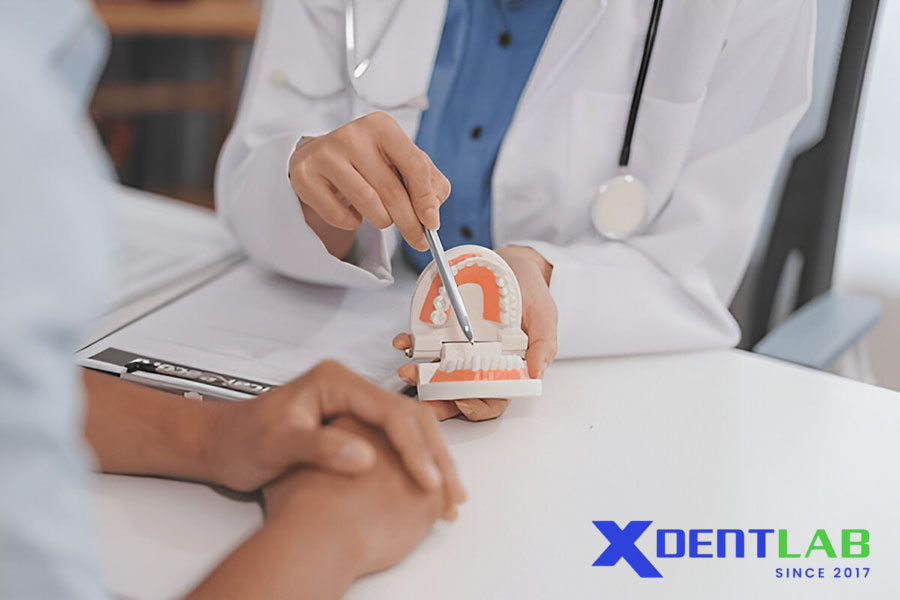
Single-Unit Restorations
Anterior/posterior crowns.
Veneers: Ultra-thin possible.
Inlays/onlays.
Implant crowns: Screw- or cement-retained.
Partial crowns.
Multi-Unit Restorations
3-unit anterior bridges: Up to second premolar.
Cantilever bridges: Single pontic only.
Implant bridges: With adequate support.
Special Applications
Ultra-thin veneers: 0.3-0.4 mm.
Occlusal veneers.
Endocrowns.
Implant abutments.
Orthodontic brackets.
Bonding Protocols
Surface Preparation
Etching: 5% HF acid for 20 seconds.
Rinsing: 60 seconds water spray.
Silanization: 60 seconds application.
Cleaning: Alcohol or steam.
Recommended Cements
Light-cure composites: For thin veneers.
Dual-cure composites: For crowns, thick restorations.
Self-adhesive cements: For simplified workflow.
Bond Strength Values
Shear bond strength: 30-40 MPa.
Microtensile strength: 45-55 MPa.
Durability: Stable after 10,000 thermocycles.
Clinical Performance Data
Success Rates
Single crowns: 96.6% at 3 years.
Veneers: 98% at 2 years.
Inlays/onlays: 95.8% at 3 years.
3-unit bridges: 94.7% at 2 years.
Implant crowns: 97.2% at 3 years.
Failure Analysis
Catastrophic fracture: 1.2-2.5%.
Chipping: 0.8-1.5%.
Debonding: 0.5-1.0%.
Secondary caries: 1.0-1.5%.
Biological Response
Plaque accumulation: Minimal.
Gingival health: Maintained.
Cytotoxicity: None detected.
Advantages and Benefits

Material Benefits
High strength (420-450 MPa).
Excellent aesthetics: Natural translucency, opalescence.
Fast processing: Short crystallization cycle.
Dual-processing flexibility.
Chemical durability: Long-term stability.
Clinical Advantages
Conservative preparation.
Versatile indications.
Reliable bonding.
Easy chairside adjustments.
Long-term color stability.
Technical Benefits
Fast, precise milling.
No shrinkage during crystallization.
Edge stability.
Consistent quality.
Limitations and Challenges
Material Limitations
Strength ceiling: Lower than monolithic zirconia.
Bridge limitations: 3-unit maximum.
Cost: Higher than conventional ceramics.
Limited long-term data: <5 years.
Clinical Contraindications
Long-span bridges.
Heavy bruxism.
Deep discoloration.
Minimal space (<0.8mm).
Processing Challenges
Crystallization control required.
Color matching sensitivity.
Equipment needs (specific furnaces).
Learning curve for new protocols.
Comparison with Other Ceramics
Property | ZLS | Lithium Disilicate | Zirconia | Leucite/Feldspathic |
| Flexural Strength (MPa) | 420-450 | 400-450 | 900-1200 | 100-160 |
| Translucency | High | High | Moderate-High | Very High |
| Bondability | Excellent | Excellent | Moderate | Excellent |
| Indications | Wide (single, 3U) | Wide (single, 3U) | Bridges, posts | Veneers, inlays |
| Processing | Fast, digital | Conventional, CAD | Sintering, CAD | Press, stack, CAD |
Recent Research and Innovations
Gradient structures: For variable properties.
Surface modifications: Enhanced bonding.
Color technology: Improved shade matching.
Speed sintering: Faster processing.
Digital workflows: AI-driven shade selection, 3D printing.
Best Practices and Clinical Guidelines

Case Selection
Aesthetic zone restorations.
Conservative preparation.
Normal occlusion.
Adequate space.
Preparation Guidelines
Reduction: 0.8-1.5mm depending on location.
Margin: 0.5mm chamfer minimum.
Rounded angles: >0.8mm radius.
Immediate dentin sealing: Recommended.
Cementation Protocol
Try-in and isolation.
Surface treatment as per protocol.
Light/dual-cure adhesive cement.
Final polish to high luster.
Maintenance
6-month recall intervals.
Professional cleaning and polish.
Monitor occlusal contacts and margins.
Conclusion
Zirconia-reinforced lithium silicate ceramics mark a new era in dental restorative materials, combining high strength, superior aesthetics, and digital workflow compatibility. With flexural strengths of 420-450 MPa, rapid processing, and proven clinical success rates over 95% at three years, ZLS is ideal for anterior and posterior single crowns, veneers, inlays, onlays, and limited 3-unit bridges. While long-term data is still emerging, current evidence supports ZLS as a reliable, versatile solution for dental practices seeking quality, consistency, and patient satisfaction. As digital dentistry advances, ZLS ceramics are poised to meet the growing demand for efficient, aesthetic, and durable restorations.
XDENT LAB – Your trusted Vietnam-based partner for FDA & ISO-approved ZLS ceramic restorations, delivering lab-to-lab service excellence for dental practices worldwide.
XDENT LAB is an expert in Lab-to-Lab Full Service from Vietnam, with the signature services of Removable & Implant, meeting U.S. market standards – approved by FDA & ISO. Founded in 2017, XDENT LAB has grown from local root to global reach, scaling with 2 factories and over 100 employees.. Our state-of-the-art technology, certified technicians, and commitment to compliance make us the trusted choice for dental practices looking to ensure quality and consistency in their products.
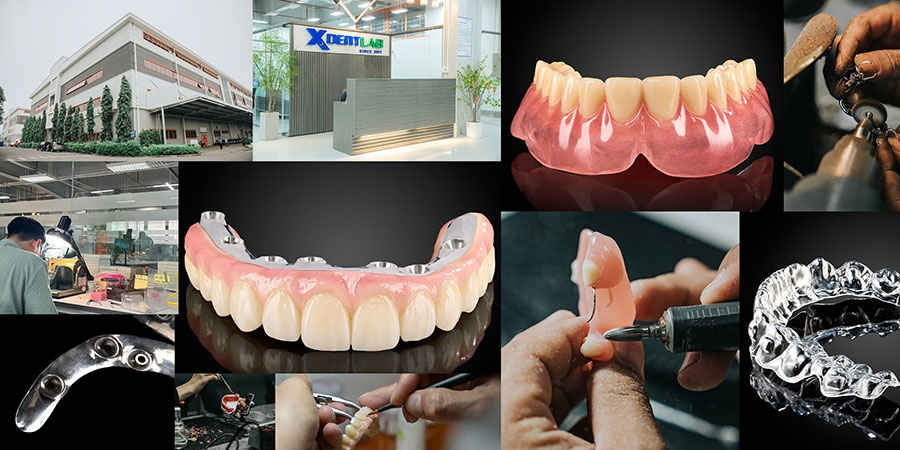
Our commitments are:
100% FDA-Approved Materials.
Large-Scale Manufacturing, high volume, remake rate < 1%.
2~3 days in lab (*digital file).
Your cost savings 30%.
Uninterrupted Manufacturing 365 days a year.
Contact us today to establish a strategy to reduce operating costs.
--------❃--------
Vietnam Dental Laboratory - XDENT LAB
🏢 Factory 1: 95/6 Tran Van Kieu Street, Binh Phu Ward, Ho Chi Minh City, Vietnam
🏢 Factory 2: Kizuna 3 Industrial Park, Can Giuoc Commune, Tay Ninh Province, Vietnam
☎ Hotline: 0919 796 718 📰 Get detailed pricing
Share this post:
Related Posts
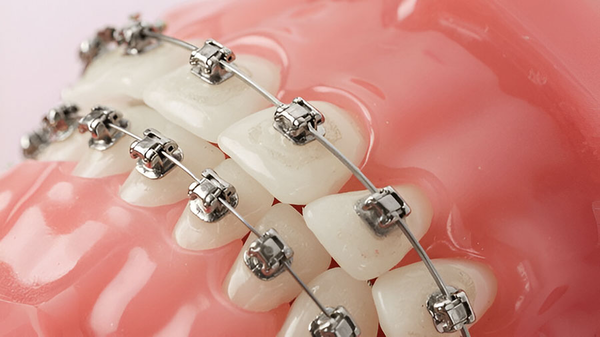
Discover the comprehensive overview of stainless steel orthodontic brackets, including their composition, manufacturing processes, mechanical properties, surface modifications, corrosion resistance, a...
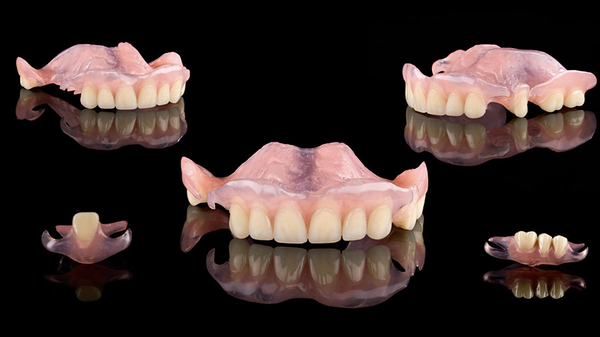
This article provides an in-depth review of thermoplastic materials in dentistry, classifying them by chemical structure rather than by brand or clinical use. It explores the mechanical, biological, a...
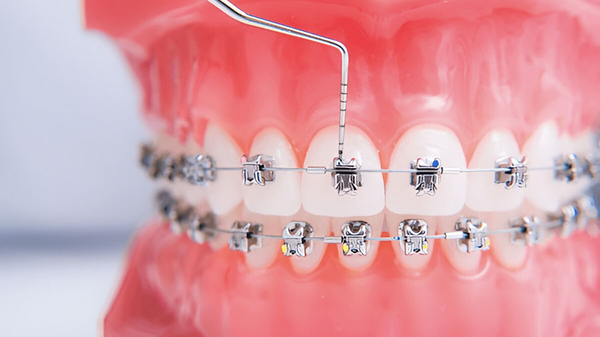
Learn about the main types of orthodontic bracket materials, including stainless steel, ceramic, polymer, and titanium. Discover their advantages, disadvantages, and clinical applications to help choo...


